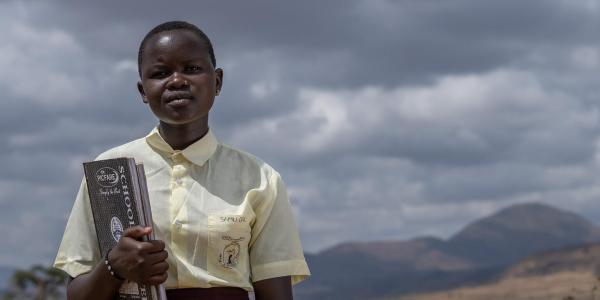
In spite of a consistent decrease in youngster marriage somewhat recently, various emergencies including struggle, environment shocks, and the continuous aftermath from Coronavirus are taking steps to switch hard-procured gains, as per another examination gave by UNICEF today.
According to UNICEF Executive Director Catherine Russell, “the world is engulfed by crises on top of crises that are crushing the hopes and dreams of vulnerable children, especially girls who should be students, not brides.” Wellbeing and financial emergencies, heightening equipped struggles, and the desolating impacts of environmental change are driving families to look for a misguided feeling of shelter in youngster marriage. We must do everything in our power to safeguard their rights to education and autonomy.
According to the most recent global estimate that was included in the analysis, an estimated 640 million girls and women who are still alive today were married as children, or 12 million girls per year. Since the most recent estimates were made five years ago, the percentage of young women who married as children has decreased from 21% to 19%. To meet the Sustainable Development Goal of ending child marriage by 2030, global reductions would need to be 20 times faster despite this progress.
The continent of Sub-Saharan Africa, which currently has the second-largest proportion of child brides worldwide (20%), is more than 200 years away from putting an end to the practice at the current rate. In contrast to the expected declines in the rest of the world, it appears that the number of child brides will rise as a result of ongoing crises and rapid population growth.
By 2030, Latin America and the Caribbean is on track to have the second-highest rate of child marriage in the region. The Middle East and North Africa, Eastern Europe, and Central Asia have also stagnated after periods of steady progress.
In the mean time, South Asia keeps on driving worldwide decreases and is poised to kill kid marriage in around 55 years, the report notes. Be that as it may, the locale stays home to almost half (45%) of the world’s youngster ladies. While India has kept huge advancement in ongoing many years, it actually represents 33% of the worldwide aggregate.
The consequences for girls who marry young are immediate and last a lifetime. They are less inclined to stay in school, and face an expanded gamble of early pregnancy, thusly expanding the gamble of youngster and maternal unexpected issues and mortality. The practice can also harm girls’ mental health and well-being by keeping them away from family and friends and preventing them from participating in their communities.
Conflict, disasters caused by climate change, and the ongoing effects of COVID-19, particularly rising poverty, income shocks, and school dropout, are making it harder for girls to get health care, education, social services, and community support that protect them from child marriage.
According to the analysis, girls who live in fragile environments have twice the risk of becoming child brides than the average girl worldwide. The number of child marriages rises by 7% for every tenfold increase in deaths caused by conflict. In addition, extreme weather events brought on by climate change increase a girl’s risk; for every 10% change in rainfall, there is a 1% increase in the number of child marriages.
The analysis warns that the ongoing effects of COVID-19 are also threatening or even reversing the valuable gains made in the past decade to end child marriage. Since 2020, it is estimated that the pandemic has already reduced the number of avoided child marriages by 25%.
“We have demonstrated that we can make progress toward ending child marriage. It needs relentless help for weak young ladies and families,” added Russell. ” Keeping girls in school and providing them with economic opportunities must be our primary priorities.
